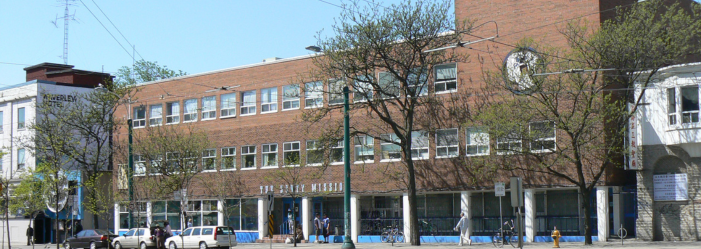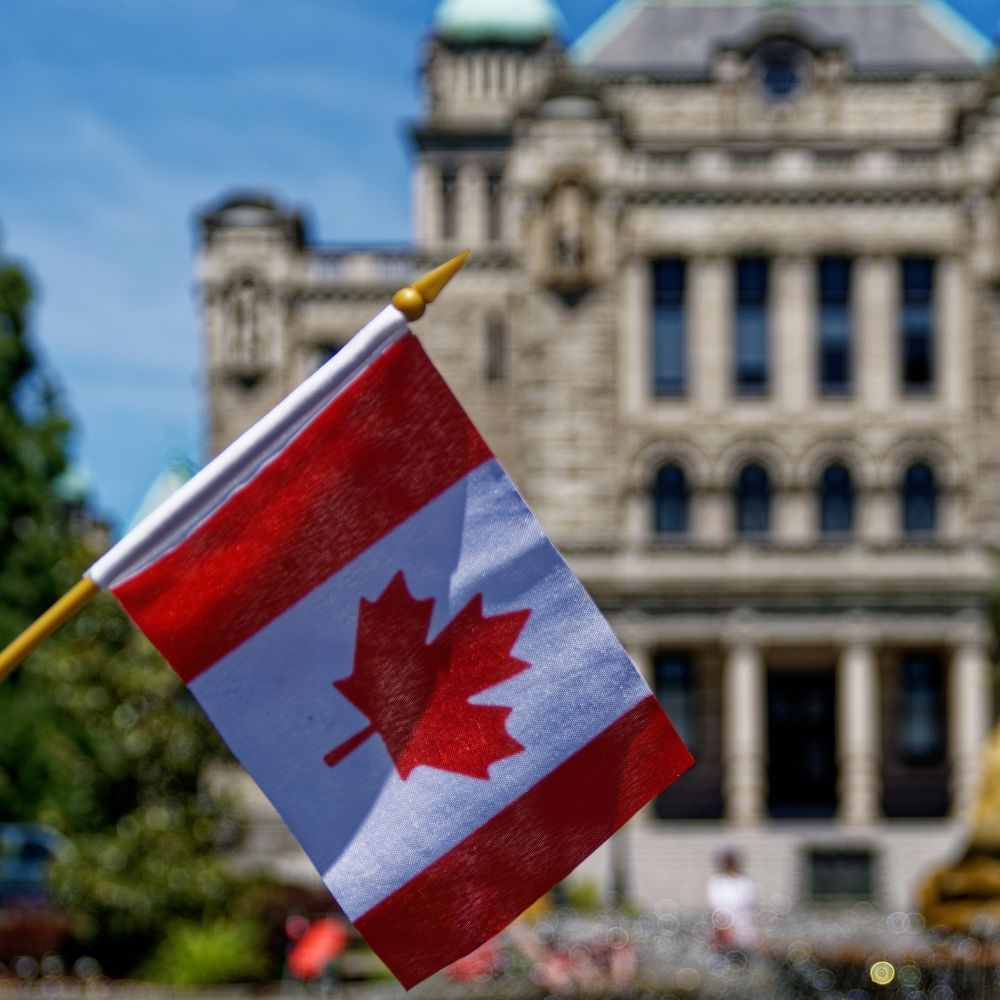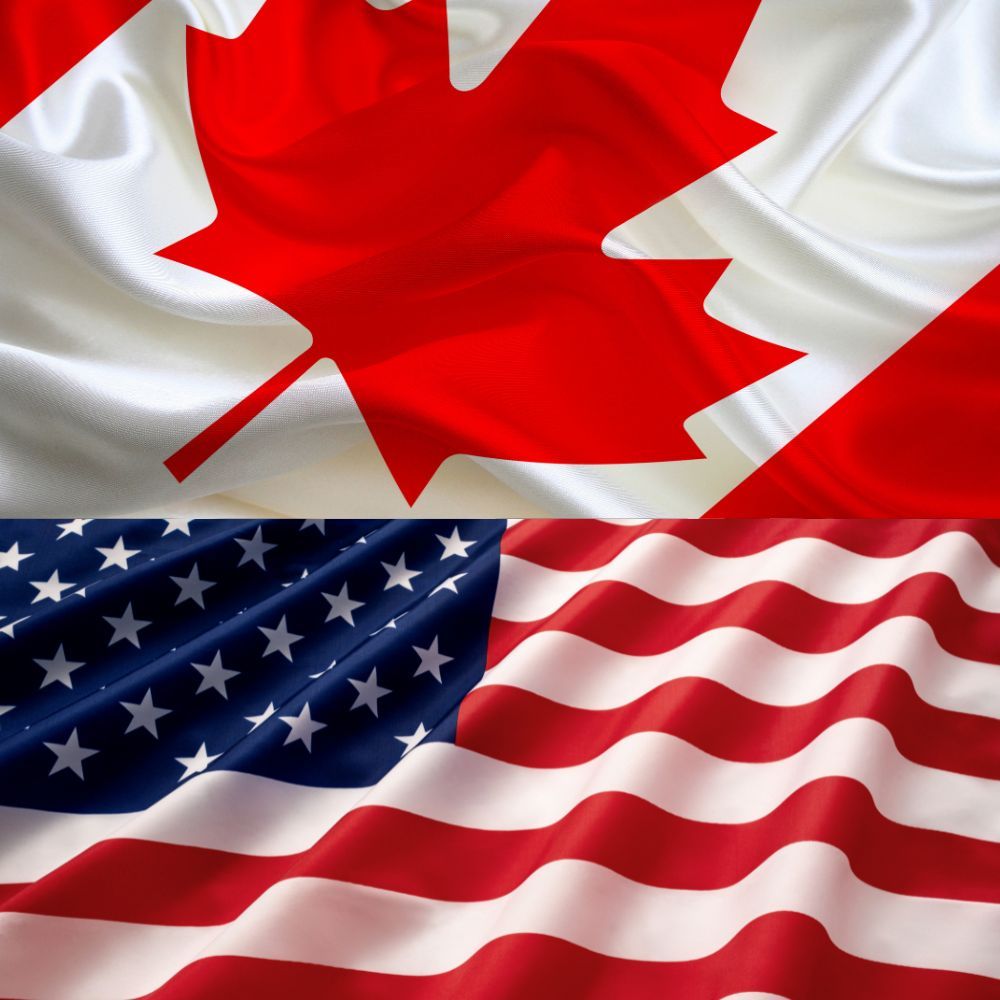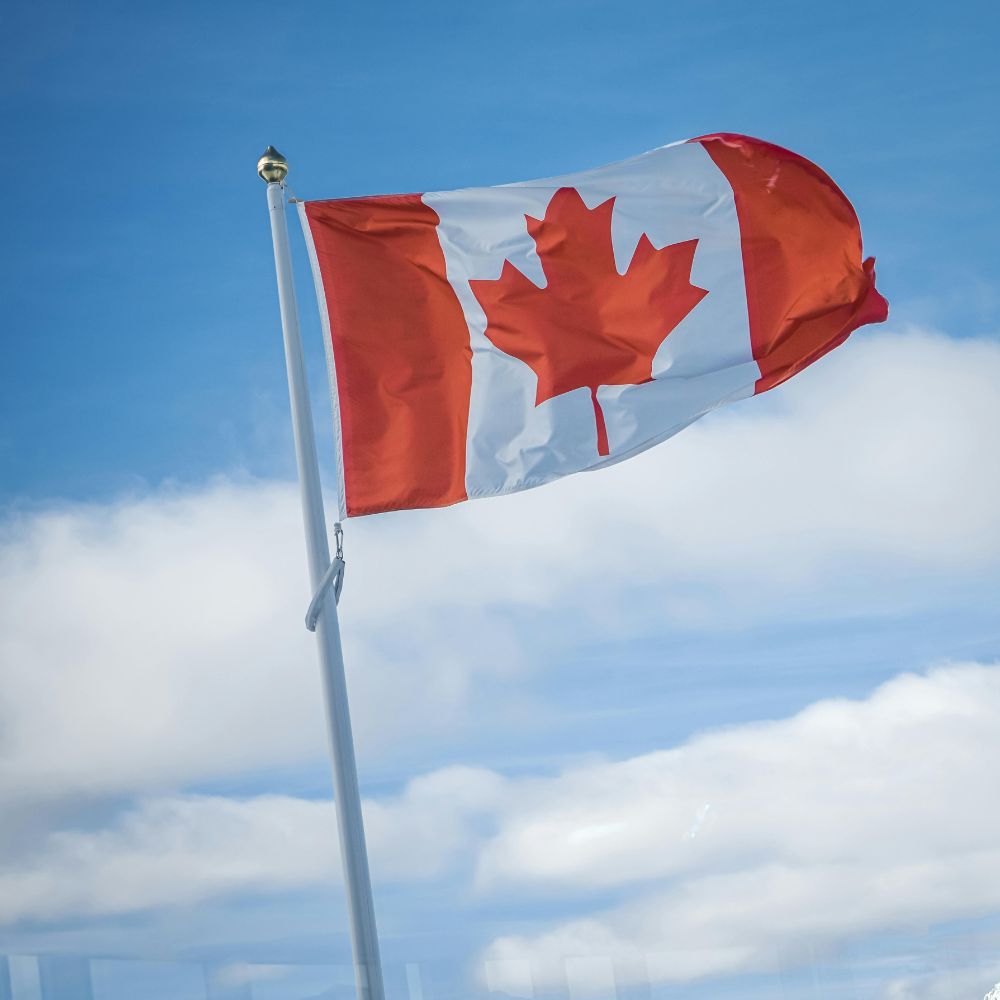The Thousands of Volunteers who Serve the Needy in Toronto
Many Torontonians feel a sense of responsibility to our fellow citizens who suffer from homelessness. They make and serve them meals, give them clothing, and often just talk to them and make them feel less ignored and misunderstood. They also discover that those who don’t have a roof over their heads and carry all they own in a knapsack are not druggies, losers or mad people but a cross section of ordinary folks who have fallen on hard times. For them the housing crisis is a joke. They just want food and a bed in a room with a toilet and shower nearby.

Helping them and getting to know them personally is a life changing experience for these volunteers. It was for me on Monday March 18, my first morning giving out meals and supplies in the basement of Toronto’s Church of the Redeemer whose “Common Table” program was serving its usual 140 meals to a variety of marginalized and homeless men and women.
It’s embarrassing how many people are not housed in this benighted city and meeting them on Bloor Street’s “mink mile” was a revelation. In its tracking of the use of publicly-run shelters, the city calculated that on this cold night over 9,642 individuals used the shelter system – and likely 400 were turned away. That total number does not include beds in organizations like the Scott Mission the Salvation Army or Dixon Hall’s three locations, or those sleeping rough on the street, in TTC vehicles, stairwells or tents. These folk could bring the total of unhoused to over 13,000 – a good sized town. Of that total it’s important you know that over 7,000 are in shelters where men or women sleep tightly packed row-on-row on the floor on mattresses clutching their belongings. It’s a scary and demeaning situation, if only marginally better than sleeping on the street. Little wonder that so many prefer sleeping rough or in tents.
One of my early encounters giving out socks and warm clothing was to a skinny sharp-featured indigenous man who told me proudly that he was off to pitch his tent in a secret but very desirable and “very sunny” location. He also showed me a stump of a pinky finger lost to frostbite. Homelessness takes its toll. An average of 45 under- or unhoused people die each year.
It was a red-letter day for a beaming young indigenous man who had scored a room in a native-run project. Two other strong looking older men were arguing about lawyers in a corner. Another was on his computer which he admitted he had trouble hanging on to in the shelters.
The crowd that day was typical, polite except for one raving man, and thankful for the excellent soup, food-to-go and various items we offered at the clothing room. It was like a restaurant and general store, except everything is free. There even are feminine hygiene products I offered to a sad woman along with deodorant and body cream. Toothpaste and a toothbrush for another guy. And Tylenol in a little plastic envelope for another man. New pants for several men and a used pin striped jacket for another who had a job interview that day. We gave a wide range of items to 29 people that morning.
It’s not just the generosity of volunteers, all 70 off them on rotation that keep this show on the road, but of individuals and companies who donate for the “general store. Clothing and personal items come from the congregation, local clothing drives and individuals dropping off their excess. Church of the Redeemer also get a bi-monthly shipment of new clothing from an organization called Brands for Canada. Proctor and Gamble gave a big donation last fall. The church does purchase some items like underwear, razors, soap and shampoo in the individual hotel-sized packaging. It’s an eye opener to realize that our clientele simply hasn’t the money to buy socks or toiletries. Many are on Ontario’s meagre welfare and those not having an address to receive cheques are able to use the church’s address.
Volunteerism attracts staff from 17 different businesses who come in groups to make the scores of sandwiches which are given out on Thursdays and Fridays. The Common Table is unique in sending out two carts those days with sandwiches and other snacks who deliver directly to homeless on the street or in tents. The Common Table also offers, limited nursing care, legal advice, phone and computer service, a book club and hair cuts. There is a dark room available for people who have been up all night and need a place to catch up on sleep.
The grandaddy of organizations that help the needy and homeless in Toronto is also faith based – the Scott Mission which has been serving Toronto’s most needy for over 80 years. They serve breakfast and lunch (over 300,000 meals last year) and provide overnight accommodation as well as a clothing bank that had over 28,000 visits last year. The Mission also offers laundry and showers. Every year over 1,000 volunteers help deliver these services.
I would be remiss if I did not mention Dixon Hall’s Meals on Wheels which is entirely volunteers driven, all 700 of them who drive around in their own cars delivering meals to isolated seniors - 67,000 meals a year. Many are corporate volunteers from banks and other companies. To be eligible seniors must be living with a disability, a chronic or terminal illness or convalescing. Often the arrival of a meal seven days a week is the nearly the only contact the senior has with another person.
And of course, very much in the news and the provider of needed food to families and individuals is the major national charitable organization – Second Harvest which uses 3,000 volunteers in its Toronto warehouse. The crisis in the GTA for people who cannot afford food and rely on food banks is tragic. One person in ten in Toronto used a food bank in 2023 – a shocking number.
It is reassuring that where there is social need there are volunteers to meet it. I have highlighted the role of people freely giving their time to help lessen food insecurity because it is so widespread and because nobody can be a functioning member of society who is hungry. And we are not a third-world country who cannot produce enough food for our population. In fact, there is a sad irony in how much we waste – to the extent that some homeless men take throwaway food from dumpsters behind restaurants.
There are dozens of organizations who rely on volunteers to make the lives of those who are really needy more livable. They bring hope and dignity where most treat those who have fallen out with scorn and silence. It would be good if more people would consider it a moral duty to offer their time to serving those who are on the margins of society.
Humility is not seen as desirable any longer. But you have to show some to do this kind of work. It may be unfashionable to quote Jesus’ words in the Gospel of Mark but they are appropriate when it comes to the volunteerism these organizations need: “If any man desire to be first, the same shall be last of all, and servant of all.”
Churchill had this to say about serving others: “We make a living by what we get. We make a life by what we give.”
Patrick Gossage Insider Political Views




